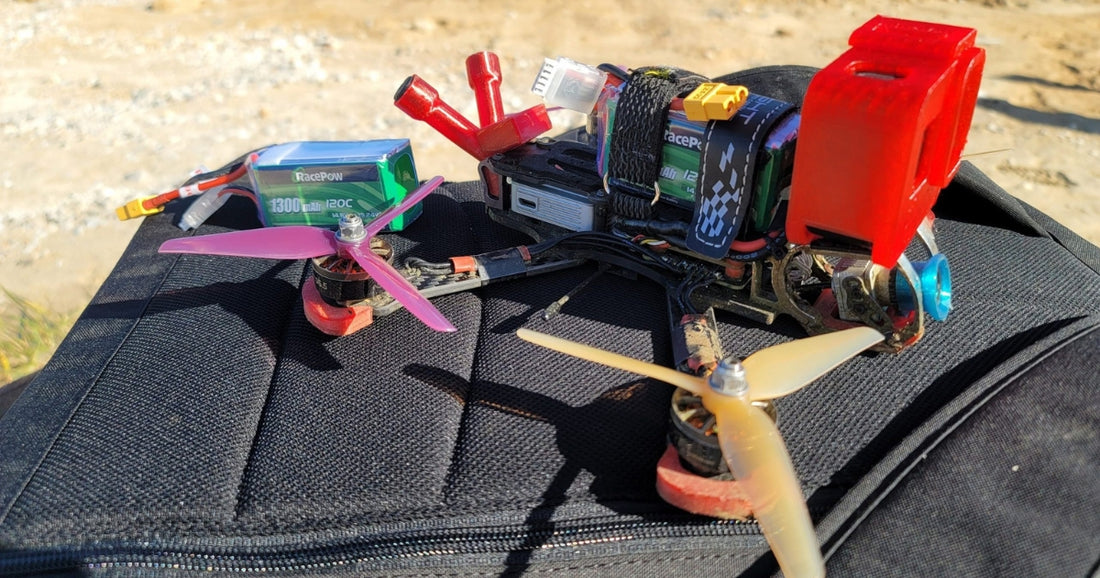Lipo batteries have occupied a major share in the RC battery market due to their high performance. The rated voltage of a pouch cell is 3.7V and the maximum charging voltage is 4.2V, which has become common knowledge for lipo batteries. In recent years, a new kind of polymer lithium battery-HV Lipo battery has appeared. It generally refers to a battery of which single battery cell voltage can reach 4.35V or more under full charge, rather than a numerical high voltage battery by connecting the normal lipo battery cells with a full charge voltage of 4.2V in series.
The HV Lipo battery has a higher rated voltage (3.8V) and charging voltage (4.35V). The discharge cut-off voltage remains 3.2V. However, we recommend limiting the discharge to no more than 80% of the HV Lipo battery’s total capacity. Otherwise, the lifetime of the battery will be shortened. The maximum voltage of a lipo battery depends on the material characteristics of the battery’s anode, cathode, and electrolyte. The traditional electrolyte continues to oxidize and decompose under high voltage and the transition metal ions of the cathode material dissolve, which limits the maximum charging voltage of the battery. At present, lithium cobalt oxide has been widely researched and applied as a high voltage anode material. The structure is non-nafeo2 type, which is more suitable for the insertion and separation of lithium ions. Some cathode protection additives are added to the electrolyte, which generally oxidizes preferentially than the solvent molecules during the cycle, forming a passivation film on the surface of the positive electrode, inhibiting the reaction between the electrolyte and the positive electrode material interface, and realizing the stable existence of the electrolyte under high pressure. The high voltage electrolyte additives mainly include boron-containing additives, organic phosphorus additives, carbonate additives, sulfur-containing additives, ionic liquid additives, etc.
In practical applications, only some of the lithium ions inside the lipo battery can be inserted and ejected reversibly. Increasing the operating voltage of the battery can significantly increase the energy density. For example, increasing the operating voltage from 4.2V to 4.35V can increase the energy density by about 16%. High voltage lipo battery cells have higher energy density and lower safety performance than low voltage battery cells, but their discharge platform is relatively higher. The higher voltage lipo battery can discharge more power under the same volume and usage conditions. They can further increase the endurance time when used in agriculture drones or aerial drones.
In terms of discharge rate, high voltage lipo batteries have a higher discharge rate and stronger power. Therefore, high-voltage lipo batteries should theoretically be more suitable for applications that require high rate discharge. For example, they can better play their advantages in FPV competitions.
RacePow HV Lipo batteries have the following characteristics:
- High discharge platform, long lifetime under high rate discharge;
- High energy density, high unit battery capacity, and 15% longer endurance time than that of ordinary batteries;
- Cycle times up to 350;
- Good battery cell consistency;
- Low internal resistance and less self-heating.

